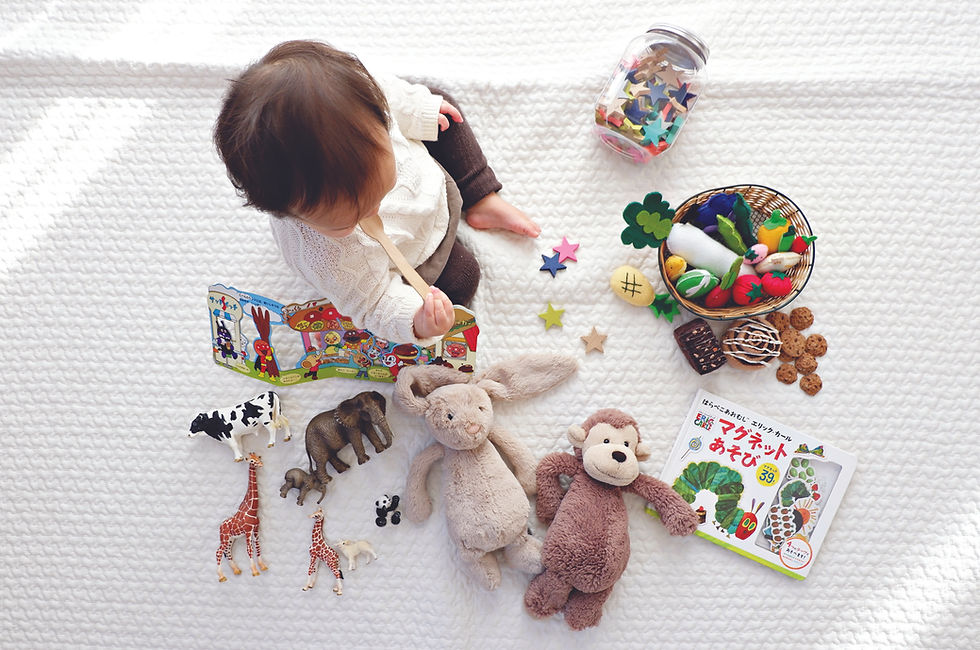Parental leave in Denmark
- The International
- Jun 7, 2022
- 2 min read

Discussing the new rules regarding parental leave mean for fathers and for non-traditional families in Denmark.
Photographs: Unsplash
Text: Heather Storgaard
These new parental leave rules in August 2022 aim to encourage greater equality, but some political parties have argued that the new rules offer new parents less freedom than current legislation.
Denmark has clearly been ahead of the game with parental leave and gender equality for a long time. When I was born in the UK, my dad took a week of annual leave before being sent away on business for long stints abroad, allowing him to avoid changing a nappy. On the other hand, my Danish father-in-law took the vast majority of the parental leave when my husband was a baby. On the other hand, my mother-in-law returned to running her business as quickly as possible. Her husband looked after the baby full time, even back in the 90s.
Currently, parents in Denmark have 48 weeks of parental leave, most of which can be taken by whoever chooses. In most, although not all, this time is used by the mother. According to the new rules from August, each parent will have to take off at least 11 weeks each or lose the allowance. This somewhat limits choices, which may not sound like a step forward at first glance. But, surely the freedom to share parental leave as wished is the best way?
In many cases, the problem is that heterosexual couples have been transferring all of the leave to the mother. The new rules encourage both parents to be equally present in their newborns' lives, as allowance not taken will simply be lost. This aims to change social norms and structures that pressure women to be the primary caregiver, especially for babies.

"Currently, parents in Denmark have 48 weeks of parental leave, most of which can be taken by whoever chooses."
When the government announced that they would create new rules, the LGBTQ community was keen for updates that reflected their reality of family structures, which are often more complicated than heterosexual couples. Rainbow families gave evidence of their lived experience of parental leave, describing the stress that they had been placed under by restrictive systems allowing only two parents to be recognised. For example, due to complicated documentation or legal issues that can surround surrogacy, some rainbow families can find that legally, the two actual parents of a newborn child are not yet registered as such. Or, if a couple and a donor have decided to all take on parental roles, this wasn't reflected in the law. The new laws on parental leave will address this by allowing the none-earmarked allowance to be shared so that, for example, the carrier of the baby, their partner, the donor and their partner could all get some paid time off to bond as a family, in whatever shape that might be structured.
Another question that arose was what would happen for single parents? For example, if two weeks were earmarked for each parent, and they would otherwise simply be lost, would single-parent children lose out on time with their mother or father? In this case, all of the allowance may go to the single parents, but the transferable leave can be given to another caregiver, for example, a grandparent.









